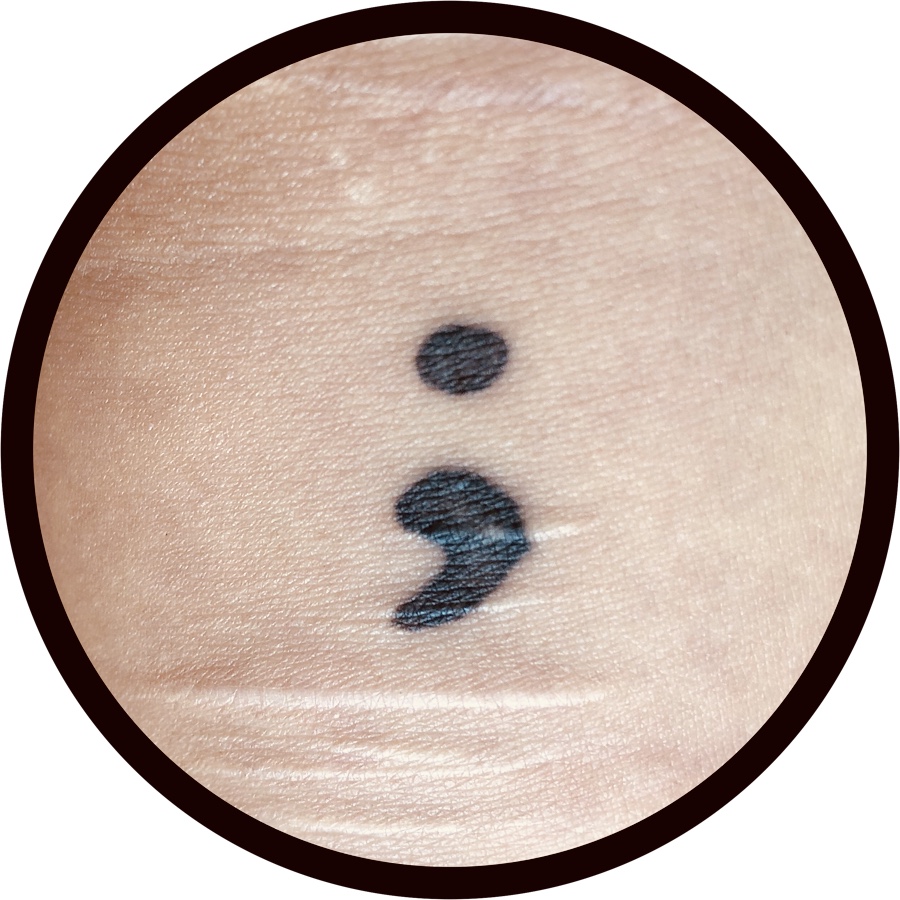Hello people! The times have changed – literally, and spring is but 3 days away! Today’s Mental Health Spring Cleaning exercise involves guided imagery to hold us through this transition and move into the new. What is guided imagery? Well, it involves visualizing scenery, settings, objects, people or other that have positive associations. I take it to be something highly individualistic meaning that you can visualize upon whatever you wish. You may however want to use different mental images depending on the situation and what you’re aiming for. Guided imagery is used to reduce anxiety for example. We can practice meditation while focussing on a serene and calm environment that helps us feel safe and happy. It’s a time that we dedicate to ourselves where we leave the world behind and enter our own shrine of peace. It takes gentle but focused concentration and a release of intrusive thoughts. This takes a lot of practice because we don’t exactly have a switch that allows us to silence all unpleasantness in one fell swoop. It’s key to remember that successful guided imagery meditation requires patience and practice and this is perfectly natural!
Where does this fit in to our spring cleaning? Well, it acts as a mental cleanse; a purification of sorts from all the clutter and pollution in our lives. Applying Virginia Woolf’s thoughts of women needing ‘a room of ones’ own’ to express their creativity, I put forth that we all need a room of ones’ own for the simple sake of preserving our sanity! It encourages self-possession and in my opinion is a beneficial tool not just for those with a condition but for absolutely everyone. Therefore this new exercise is a suggestion to practice guided mindfulness ideally on a daily basis. This practice is not only for creating a place of calm to draw from, but a space in which we can envision dreams and aspirations coming to fruition. We can reinvent ourselves in that personal mental space and ‘play around’ with our avatar in safety as we gradually modify our behaviour outside of the meditation practice.
The Basics of How to Do It
Decide if it’s a good time for you to meditate. It’s far less beneficial if you’re feeling rushed and pressured by other things you have to get done. Make sure that you’ve designated this portion of your day to the personal time that you deserve. The rest can wait and it will be there when you’re back. Remember, you don’t have to meditate for half an hour to experience benefits, and 10 to 20 minutes of your day is only going to improve the rest, not make it worse.
Make sure that you’re comfortable; not hungry and not holding in a number 1 or 2.
Find a quiet area where you will be alone.
Make sure that you will not be interrupted or disturbed.
Turn off all devices if you have them with you. No ringers, not even vibrate!
Sit comfortably in a hard-backed chair or lie down completely. Try not to sit on a surface that you will sink into.
Don’t cross your legs, keep them about shoulder width apart.
Let your arms and hands rest naturally on your lap without tension.
Tense up your body as tight as you can and then let everything loosen with a sharp and exageratedly audible exhalation.
Maintain good posture but not to the point where you’re tense and rigid. Tilt your chin down slightly and imagine the apex of your crown being pulled up towards the sky from a long cord. Imagine roots growing from the soles of your feet extending deep into the ground.
Focus on your breathing and look ahead of you not at eye level but a bit lower. Allow your eyes to soften; they’re open but not actively looking and observing.
Imagine a balloon about 2 inches below your belly button that expands when you inhale and contracts when you exhale. Try not to breathe shallowly with your lungs; take full, deep breaths emanating from your abdomen. It may help to place your hands over your lower abdomen to feel the movement. It also adds a point of concentration as you relax your mind and body.
When thoughts come, as they inevitably do, try not to chastise yourself. This isn’t easy and it’s natural for our attention to drift. Simply bring your focus back to your breath until you become in sync with the rhythm. You may count if it helps, I often have to do that.
The Visualization
When you’re ready, it’s time to visualize.
Are you in a luscious green forest? Maybe you’re by a spring, river or lake and can hear the gentle flow of the water. The sun may be streaming through the trees bathing you and everything around in a warm, orange-y glow. The air is fresh and clean, renewing your energy.

Maybe you could be on a white, sandy beach surrounded by palm trees and enjoying peace and quiet as you observe a gorgeously incandescent sunset. Are the clouds pink and fluffy? Do you see any shapes? What shade of blue is the sky?

Are you lying down on your back at night, observing the mysterious sky with its luminous orbs and twinkling? How full is the moon?

How about walking through an enchanted garden on a narrow path? Maybe you can smell the sweet flowers. Imagine them closing and then blooming in time with your breath. Do you hear the hummingbird hovering over a yellow flower? Do you see the blue butterflies over there, and the one on your shoulder?

Perhaps you feel overwhelmed and inundated with unpleasant thoughts and feelings. Imagine yourself being in a protective bubble, distanced from the bad and watching as they hit the bubble and bounce off. You are not directly affected by them anymore. You are cocooned in a shroud of life-giving energy that protects you from harm. This is your sanctuary and its door is always open for you and you alone.
Are you dreading something like an exam? (I have my Quantitative Methods midterm today so this is quite appropriate.) Visualize where you’ll be taking the exam for example. Envision the room, your seat and what will be on your desk. Now create a feeling of competence and security in yourself. You are calm and you know what you’re doing. You’re prepared. Visualize reading the questions carefully and going through the solutions step by step. Imagine being confident and knowing what you’re doing.
Directed Thoughts
There are endless scenarios that you can use in this meditation and while you visualize you may want to incorporate self-affirming statements. Here are just a few examples:
- I am in control.
- I have power.
- I am safe, secure and no harm can come to me.
- The bad thoughts are just thoughts and they cannot hurt me.
- I love and am loved.
- I feel confident in my abilities even though I will not always have the answers.
- I may not always succeed but I try my best and that’s what matters. I will embrace and welcome learning opportunities.
- I welcome change because it is part of nature, and I am capable of directing it.
If you enjoyed this article and want to catch up with the other Mental Health Spring Cleaning exercises, here are Part 1, Part 2 and Part 3.
Happy mid-week everyone! Take care!

